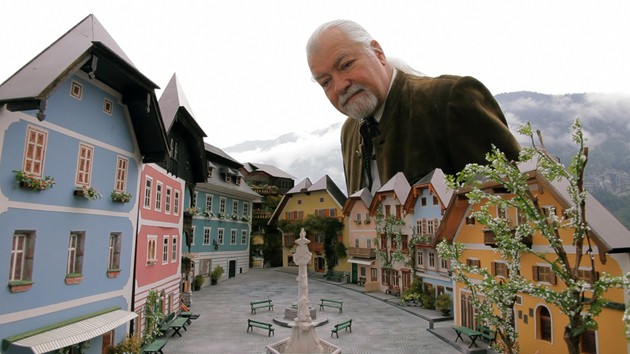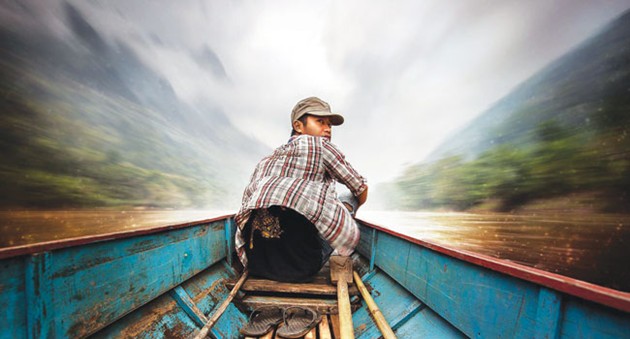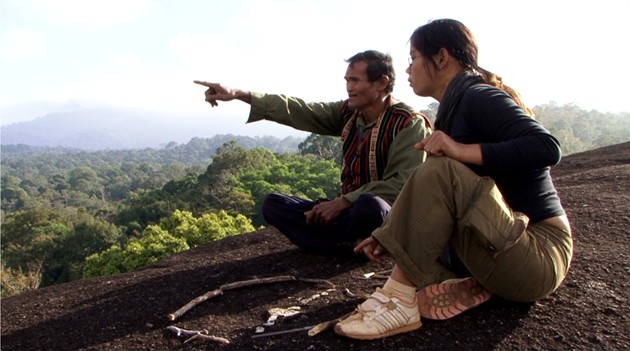Margaret Mead Film Festival 2015 Expands The Boundaries Of Documentary And Visual Anthropology
The Margaret Mead Film Festival, one of New York's finest documentary and visual anthropology showcases, returns for its 2015 edition, screening from October 22-25 at the American Museum of Natural History. This year's edition will screen 57 films from over 40 countries, and even more remarkably, 31 of those films, a majority, are directed by women. This includes the opening night film Circus Without Borders by Susan Gray, Linda Matchan, and Northern Light Productions, as well as the closing film, Daphne McWilliams' In a Perfect World... This is only one indication of the diverse perspectives that the festival unfailingly achieves each year.





Each year has a named theme, and this year's is "Thresholds." Here's how the festival defines that theme. "This year's Mead Festival finds us on the brink--in the moment of transformation, at the boundary between worlds, and on the edge of our seats. This year's diverse films and events focus on the borders and boundaries between cultural spaces, examining where they provide a sense of security and identity, and where they pose barriers that need to be broken down. As we examine these often porous and dynamic edges, we find fascinating stories both of resisting change and embracing it."
This is a remarkably apt description of the films I was able to preview. Click through the gallery below for my takes on some of this year's notable selections. For more information, and to purchase tickets, visit the festival website.






Do you feel this content is inappropriate or infringes upon your rights? Click here to report it, or see our DMCA policy.











